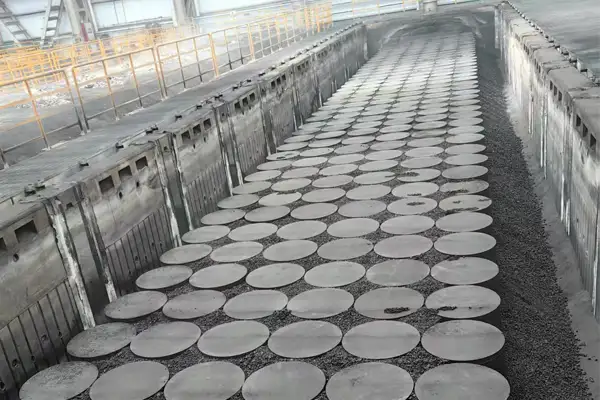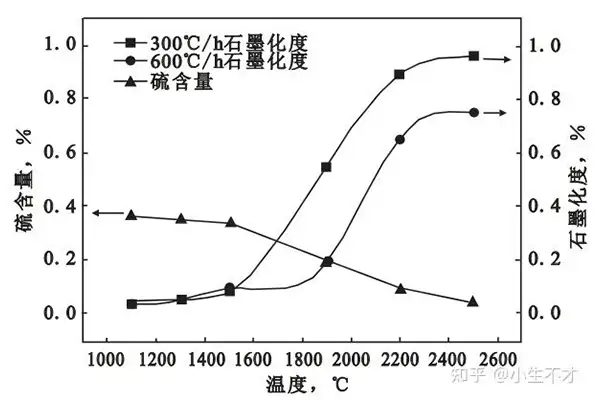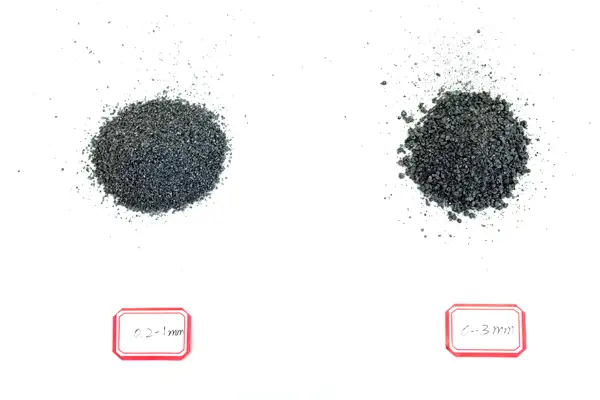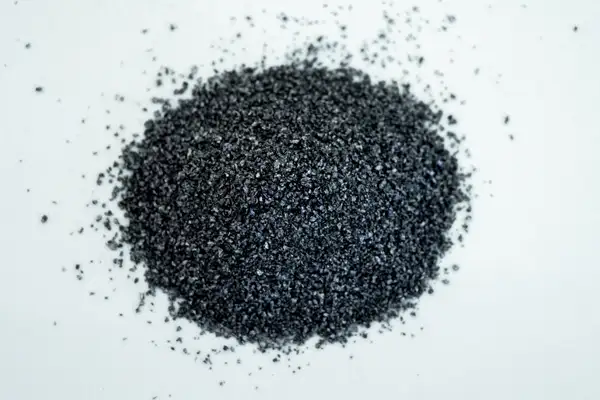Zhengzhou ChangHeYue New Material CO.,LTd
–Classification and Manufacturing Processes
In metallurgy and foundry industries, graphitized carbon additives play a critical role in enhancing the carbon content of molten metals, particularly in steel and cast iron production. These additives are prized for their high carbon purity, excellent absorption rates, and ability to improve mechanical properties. Below, we explore the classification and manufacturing processes of graphitized carbon additives.
Classification of Graphitized Carbon Additives
Graphitized carbon additives are categorized based on their raw materials and production methods:
1. Petroleum Coke-Based Additives
– Derived from calcined petroleum coke (CPC), these additives undergo high-temperature graphitization (>2500°C).
– Features: High fixed carbon (98–99.5%), low sulfur (<0.05%), and low nitrogen content.
– Applications: Premium steelmaking, ductile iron production.
2. Coal Tar Pitch-Based Additives
– Produced from coal tar pitch, which is graphitized to form crystalline carbon.
– Features: Moderate cost, balanced carbon recovery (90–95%).
– Applications: General cast iron and steel industries.
3. Natural Graphite-Derived Additives
– Sourced from natural graphite flakes or powders, further purified and graphitized.
– Features: Ultra-high carbon content (>99.9%), superior thermal stability.
– Applications: High-end alloys, aerospace components.
4. Recycled Carbon Additives
– Manufactured from recycled carbon materials (e.g., scrap electrodes, carbon blocks).
– Features: Cost-effective, eco-friendly, variable purity (92–97%).
– Applications: Non-critical casting processes.
—
Manufacturing Processes
The production of graphitized carbon additives involves two key stages: carbonization and graphitization.
1. Carbonization
– Raw materials (e.g., petroleum coke, pitch) are heated to 1200–1400°C in an oxygen-free furnace.
– Volatile components (moisture, hydrocarbons) are removed, leaving a dense carbon structure.
2. Graphitization
– The carbonized material is subjected to extreme temperatures (2500–3000°C) in an Acheson furnace or induction heater.
– Atomic rearrangement occurs, transforming amorphous carbon into a crystalline graphite lattice.
– Process duration: 15–30 days, depending on furnace type and target crystallinity.
Advanced Techniques:
– LWG (Longitudinal Graphitization): Uses vertical furnaces for faster, energy-efficient graphitization.
– Catalytic Graphitization: Incorporates metal catalysts (e.g., iron, boron) to lower reaction temperatures.
—
Key Advantages of Graphitized Additives
– Enhanced Carbon Yield: 95–99% absorption efficiency in molten metal.
– Reduced Impurities: Low ash, sulfur, and nitrogen levels minimize defects in final products.
– Improved Mechanical Properties: Boosts tensile strength, wear resistance, and machinability.
—
Applications
– Steelmaking: Ladle furnaces, electric arc furnaces (EAF).
– Cast Iron: Nodular iron, gray iron, and compacted graphite iron (CGI).
– Specialty Alloys: Ferroalloys, silicon carbide composites.
—
Conclusion
Graphitized carbon additives are indispensable for modern metallurgy, offering tailored solutions based on raw material sourcing and advanced thermal processing. By selecting the appropriate type and manufacturing method, industries can optimize cost-efficiency, product quality, and environmental sustainability.
—
For tailored recommendations or technical specifications, consult with carbon additive specialists to align with your production needs.






